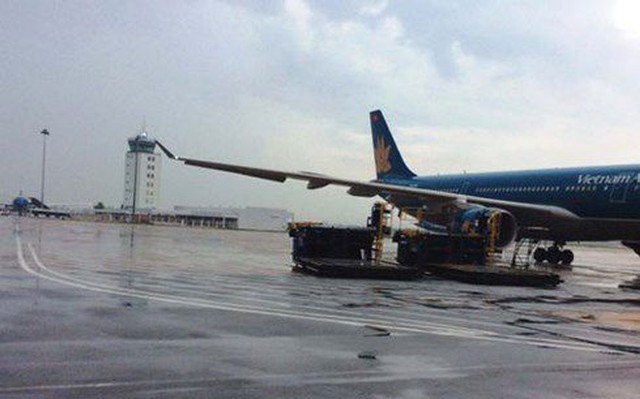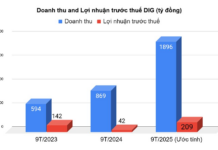The Vietnam Aviation Authority has issued crucial directives to relevant aviation units to proactively respond to Typhoon Bualoi, the 10th storm of the season.

Multiple airports are expected to be impacted by Typhoon Bualoi.
Airports projected to be directly affected by Typhoon Bualoi include Tho Xuan, Vinh, and Dong Hoi. Phu Bai and Da Nang airports are anticipated to experience early wind gusts due to the storm’s circulation.
Airports such as Noi Bai, Van Don, Cat Bi, and Chu Lai are advised to stay updated and prepare for any unexpected storm developments.
The Aviation Authority mandates 24/7 operational readiness and strict adherence to typhoon and tropical depression response protocols in civil aviation activities.
For airports within the typhoon’s path, the Authority requires lead units to collaborate with relevant agencies in inspecting airport infrastructure, communication systems, and promptly addressing any damages to ensure the safety of facilities, stations, and airport operations.
Additionally, implement flood prevention measures, clear drainage systems, and protect airport equipment and vehicles to minimize storm-related damages and swiftly restore aviation services for passengers.
For airports under construction (Cat Bi, Vinh, Dong Hoi), contractors must initiate typhoon response plans, identify technical stopping points, and prepare for post-storm repairs to ensure safety and limit damage.
Maintain 24/7 monitoring, stay updated on meteorological information, and propose appropriate flight plans to ensure safety.
The Authority also warns of potential post-typhoon rainfall after the storm makes landfall.
The Vietnam Air Traffic Management Corporation (VATM) is instructed to enhance meteorological information quality, continuously monitor weather conditions, and provide timely updates to users.
Airlines and flight service providers must closely monitor Typhoon Bualoi, adjust flight schedules as needed, and ensure flight safety.
Stay informed with meteorological updates and take necessary response actions to minimize operational impacts and ensure flight safety.
The Aviation Authority has issued the following airport closure notices:
Dong Hoi Airport: Closed from 1 PM to 10 PM on September 28;
Tho Xuan Airport: Closed from 10 PM on September 28 to 7 AM on September 29;
Phu Bai Airport: Closed from 8 AM to 2 PM on September 28;
Da Nang Airport: Closed from 6 AM to 11 AM on September 28.
186 Flights Disrupted by Typhoon No. 10
According to the Ministry of Construction’s statistics from 6 a.m. to 3 p.m. on September 28, a total of 186 flights were affected by Typhoon No. 10. Fortunately, no casualties or damage to aviation infrastructure have been reported.
The Power of Words: Captivating Copywriting for Effective SEO
The Central Power Corporation (EVNCPC) has issued an urgent dispatch, ordering its member units and representatives at joint-stock companies to promptly implement response plans and address the aftermath of the fifth typhoon of the year, Kajiki.













































